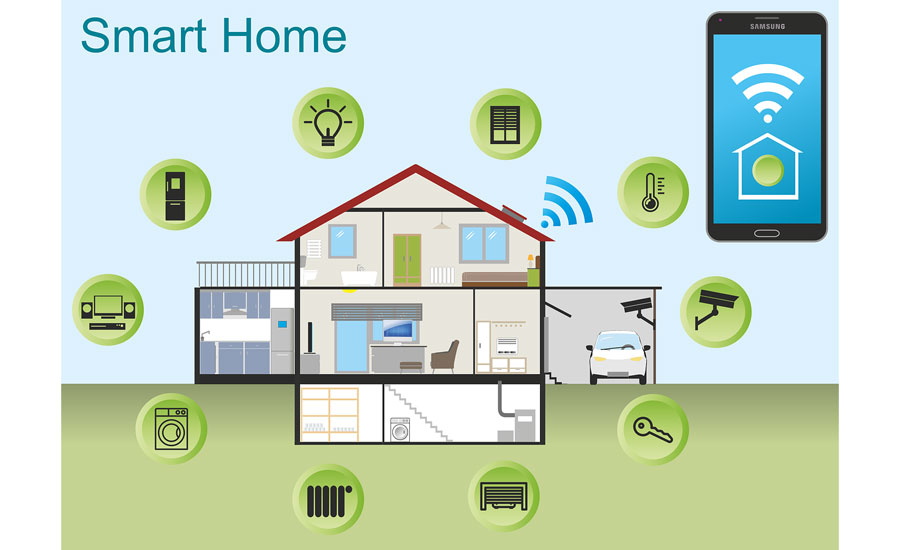The Future Of Home Home Heating - Just How Heatpump Modern Technology Is Developing
The Future Of Home Home Heating - Just How Heatpump Modern Technology Is Developing
Blog Article
Content Composed By-Rosenthal Oliver
Heat pumps will certainly be an essential modern technology for decarbonising home heating. In a situation constant with governments' introduced power and environment commitments, their international capacity doubles by 2030, while their share in home heating rises to one-quarter.
They function best in well-insulated homes and count on electrical power, which can be supplied from an eco-friendly power grid. Technical breakthroughs are making them extra reliable, smarter and cheaper.
Fuel Cells
Heat pumps make use of a compressor, refrigerant, coils and fans to move the air and warmth in homes and devices. They can be powered by solar energy or electrical energy from the grid. They have been getting appeal as a result of their affordable, peaceful procedure and the ability to create electrical energy throughout peak power need.
Some business, like IdaTech and BG MicroGen, are dealing with gas cells for home heating. These microgenerators can change a gas central heating boiler and produce some of a home's electrical demands with a connection to the power grid for the rest.
Yet there are reasons to be cynical of using hydrogen for home heating, Rosenow states. It would certainly be costly and ineffective contrasted to other modern technologies, and it would certainly add to carbon exhausts.
Smart and Connected Technologies
Smart home innovation permits house owners to attach and control their devices from another location with the use of smart device applications. As an example, clever thermostats can discover your heating preferences and instantly adjust to enhance energy consumption. Smart lights systems can be regulated with voice commands and instantly turn off lights when you leave the room, reducing energy waste. And wise plugs can keep an eye on and handle your electric usage, permitting you to recognize and limit energy-hungry home appliances.
The tech-savvy household depicted in Carina's meeting is a good illustration of exactly how residents reconfigure room home heating techniques in the light of brand-new wise home innovations. They rely on the devices' computerized features to carry out day-to-day modifications and concern them as a hassle-free ways of performing their home heating methods. Because of this, they see no factor to adjust their techniques further in order to enable versatility in their home power demand, and treatments targeting at doing so may deal with resistance from these families.
Electrical power
Since heating up homes represent 13% people discharges, a switch to cleaner choices might make a large distinction. However the technology deals with challenges: It's costly and requires comprehensive home renovations. And it's not constantly compatible with renewable resource sources, such as solar and wind.
Until lately, electric heatpump were as well costly to take on gas versions in many markets. But brand-new advancements in design and materials are making them a lot more cost effective. And far better cold climate performance is enabling them to work well even in subzero temperature levels.
The following step in decarbonising heating might be using warm networks, which attract heat from a main source, such as a nearby river or sea inlet, and distribute it to a network of homes or buildings. That would certainly decrease carbon discharges and permit families to benefit from renewable resource, such as eco-friendly electrical power from a grid provided by renewables. This choice would be less pricey than switching over to hydrogen, a nonrenewable fuel source that calls for new infrastructure and would only lower CO2 discharges by 5 percent if coupled with improved home insulation.
Renewable resource
As power rates drop, we're beginning to see the same fad in home heating that has actually driven electrical vehicles into the mainstream-- but at an also much faster pace. The solid climate case for electrifying homes has actually been pushed further by new study.
Renewables represent a substantial share of contemporary warm intake, yet have been given restricted plan attention internationally compared to other end-use fields-- and also much less interest than electrical energy has. In part, this shows a mix of consumer inertia, divided rewards and, in numerous nations, aids for fossil fuels.
New modern technologies might make the shift less complicated. For instance, heatpump can be made more energy efficient by changing old R-22 refrigerants with brand-new ones that don't have the high GWPs of their precursors. Some specialists likewise imagine area systems that attract heat from a nearby river or sea inlet, like a Norwegian arm. Visit Home Page can after that be used for heating & cooling in an area.